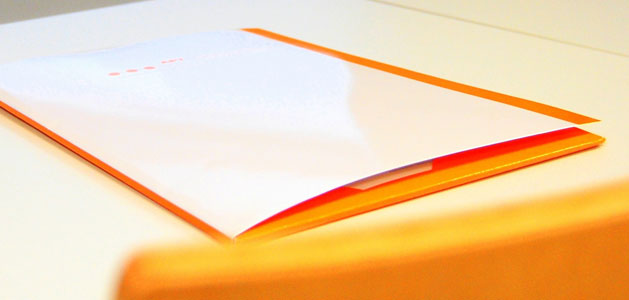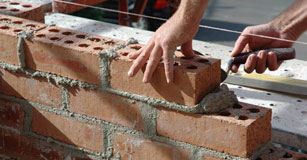Writing an Effective Educational Grant
Tips and resources to help you craft a powerful proposal

No one awards grants for you to simply buy a tablet, camera, or even an app. Grants are looking for solutions to real educational needs that can serve as models for other educators.
Here are some tips as you put together your grant proposal, along with resources to help you more clearly articulate your goals and the projects and processes that can help you reach that goal.
Tips for writing an effective grant
1. Explain the issues that challenge your students
The first step is to clearly identify the educational need or issue you are looking to address. For example, would learning, or achievement, be improved in your classroom:
- If students were engaged in the content or process of learning?
- If their work connected to the world beyond the classroom?
- If you could only get them to practice reading and writing skills?
Grants will often ask you to identify your need, but this makes it easy to slip into the “I need technology” trap. You don’t NEED technology; you need great learning to happen. As you articulate your challenges, issues, and goals, leave out any technology tools you would use to address and meet them.
Don't forget the power of storytelling. While protecting your students identities, share a story that helps grant readers better understand their backgrounds, experiences, and challenges.
2. Clearly articulate your solution to the issue
Your grant application also needs to clearly show how the resources you are asking for will address the issues in your classroom. Paint a picture of the work you will do with students, demonstrating how the project or process will help you overcome the issue to meet your goal.
Now is the time to explain how the use of technology during this process or project supports your goals. Be sure to articulate why the specific tools you have chosen will make a difference. For example, if your goal is to improve language learning for your ELL students, your description of why you would use Wixie might look like:
“Students will use the integrated images, drawing features, and word processing tools in Wixie to document their learning through pictures and text and the recording feature to practice oral fluency. The distribution of their work online as digital stories, eBooks, or comics will provide an authentic opportunity to practice reading and writing.”
Sharing examples of specific student projects you will implement, such as crafting an animal interview or creating a new creature, makes it easier to describe how students think deeply as they create to interact with content and build essential literacy skills.

Be sure to include your plan for implementing the project. Share a timeline or calendar of the steps in the project or process to show you have an idea of how long it will take and the steps you need to complete the project.
3. Share evidence and reasons you think your solution will work
In addition to showing what you will do, you need to articulate why this will improve student learning. Some of this can be anecdotal stories from your own experience, but you will also want to share research and information from other sources.
Then, clearly show how your technology-involved solution can help. Make sure you are holding yourself to the same high evidence standard you set for your students. Include examples of potential outcomes and even sample student artifacts to help the grant reader see a clear picture of what will happen in your classroom when you get the grant.
Do your best to explain what success looks like and how you will evaluate the success of your project. Share identifiers and outcomes that will let you know when you have achieved your goals.
Resources and ideas to help you focus your grant writing
All of the above only works if you are clear on your goal and can articulate outcomes you expect to see as a result of implementing your program. So, before you even begin writing, be sure to have a clear goal or vision statement and clear set of outcomes you can use to measure success.
Locate research that provides evidence for your ideas and methods along with specific activities that will help you achieve outcomes like increased engagement, improved literacy, or deeper thinking about the curriculum. For example:
If your goal is deeper learning, look to Webb's Depth of Knowledge
If you are looking to increase rigor in your classroom, you can use Webb’s DOK to evaluate the cognitive complexity of your instructional tasks and design tasks at a range of levels. Use these resources if you want to focus on:
If your goal is 21st-century ready communicators, look to digital-age literacy
Students who are college- and career-ready aren’t just media consumers, they are media producers. Comprehension is still key, but digital storytelling and informational text products builds agency through authentic digital-age writing projects.- Implement Digital storytelling
- Improve comprehension
- Produce information
- Support language acquisition
If your goal is engagement, look to authentic project work
Yes, your grant proposal will include request funding for materials like devices and digital tools. Clearly explaining how these tools are part of a bigger solution to improve student learning will help your proposal stand out.
















